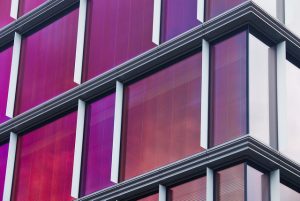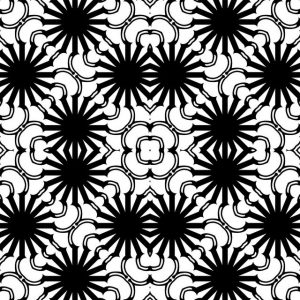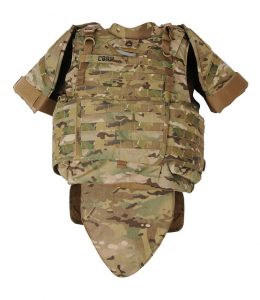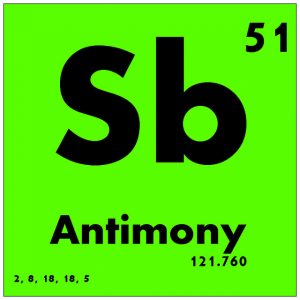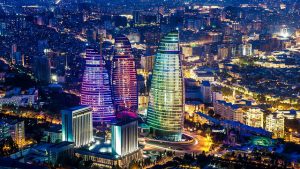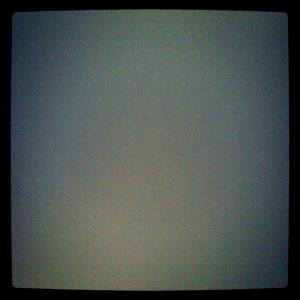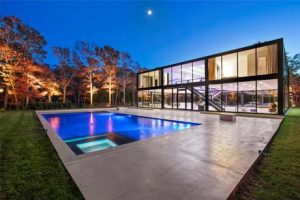New paint-on coating improves glass efficiency
Researchers at Berkeley National Labs are working to develop a paint-on coating that reflects heat. If successful, the coating could be added to existing windows for about one-tenth the cost of conventional heat-reflective glazes. The researchers even speculate that the coating could be applied by homeowners as a do-it-yourself project.
The coating will be designed to selectively reflect infrared light waves without significantly reducing visible light. Like many energy-efficient coatings, the Berkeley coating will also be designed primarily for use in southern and western climates. These buildings tend to use a significant amount of electricity for air conditioning.
The goal of the development is to create an inexpensive, easy-to-use coating. If they succeed, the coating could reduce energy consumption by as much as 35 billion KWh and 24 billion pounds of CO2 emissions annually. The team’s goal is to create a coating that could be applied for about $1.50 per square foot.
To create the coating, the team will work with a type of polymer known as a “bottlebrush” polymer. The unique shape of the polymer – a rigid spine with bristles that extend from the sides – could help reflect infrared light, while allowing visible light to pass unimpeded.
The work is being funded by the US Department of Energy, and will allow the team to develop, refine and test the coating. Another element of the project is to determine how best to scale production, maximize the coating’s efficiency and distribute the finished product.
Glassprimer™ glass paint is a specialized glass coating that bonds permanently to glass surfaces. GlassPrimer also makes a glass surface molecular activator that is designed to work with UV-inkjet glass printing processes. Glassprimer™ glass paint can be used in both interior and exterior applications and can help reduce solar heat gain in some applications. For more information about Glassprimer™ glass paint, please visit the rest of our site. If you’d like to purchase Glassprimer™ glass paint, please visit our online store .
Photo Credit: Myxi, via Flickr.com

